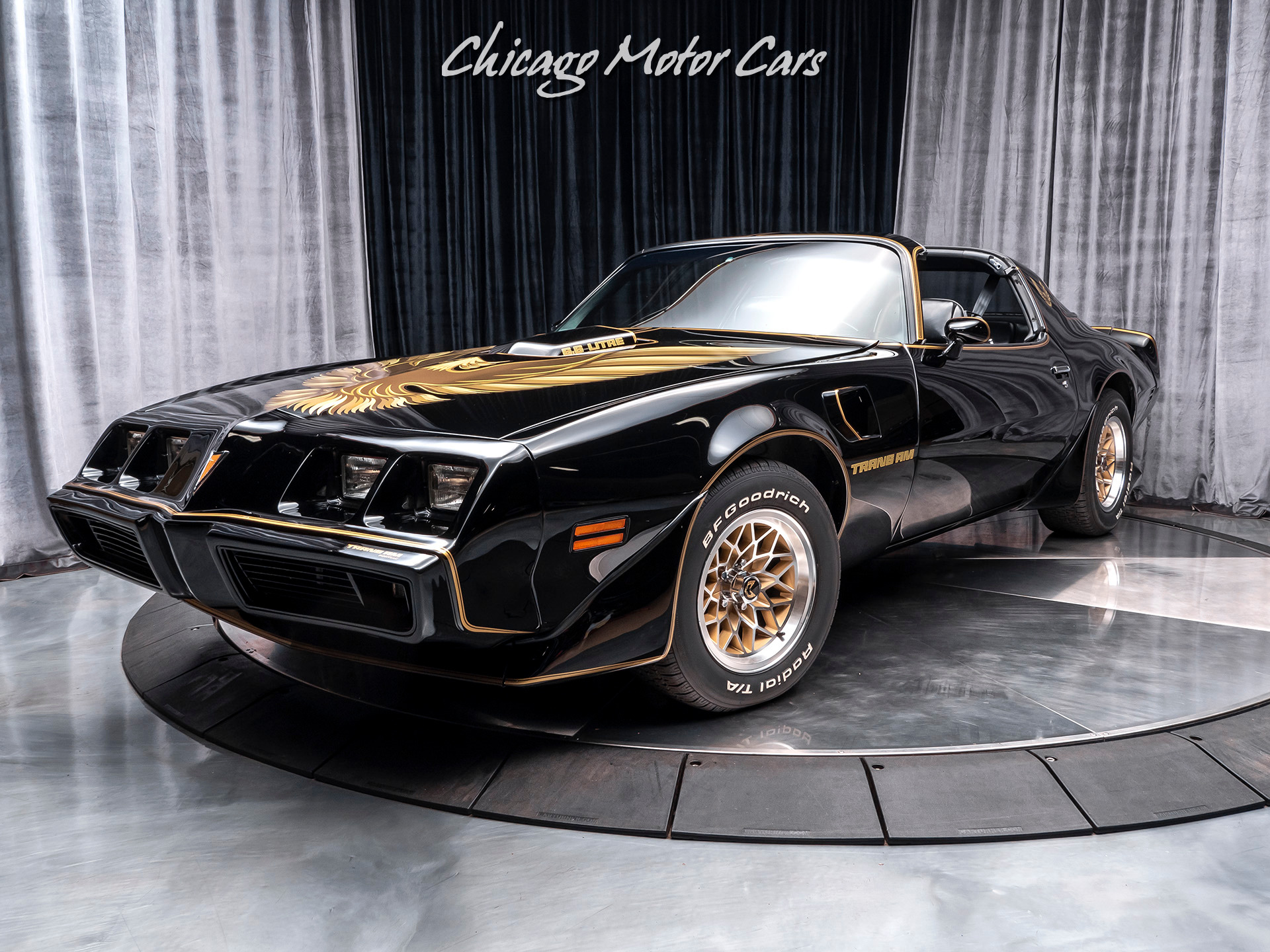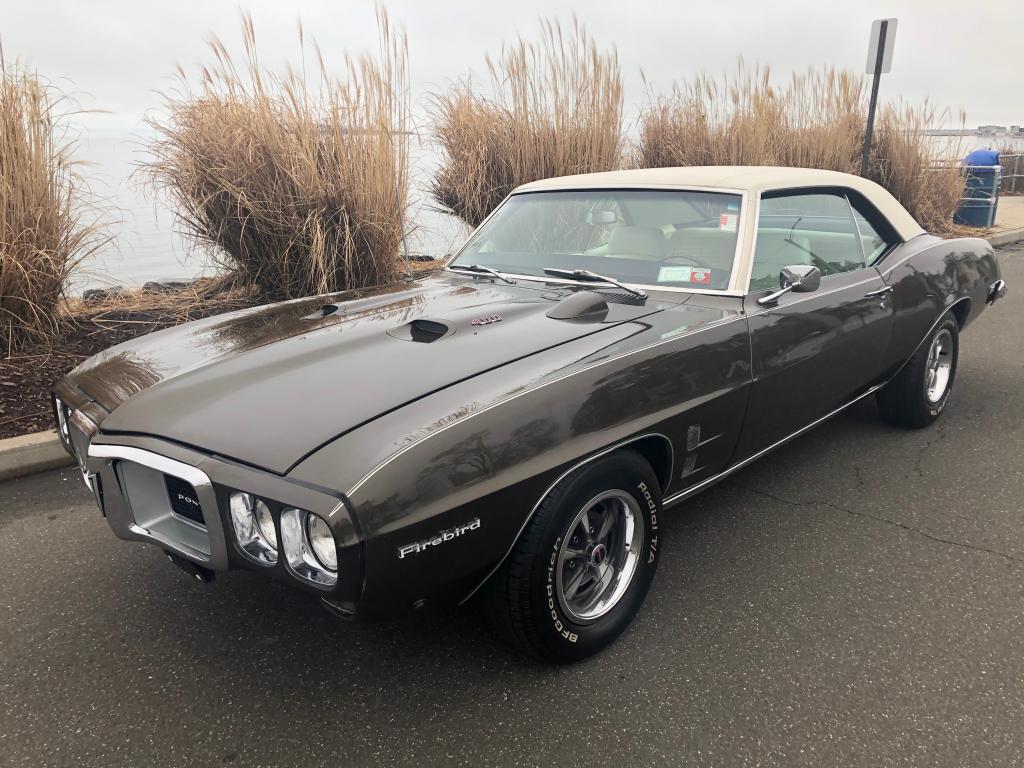The Pontiac Firebird is a name that resonates with muscle car enthusiasts and collectors alike. Since its debut in 1967, the Firebird has become an American icon, celebrated for its aggressive styling, powerful engines, and thrilling driving experience. Whether you’re a seasoned collector or a first-time buyer, searching for a Pontiac Firebird for sale can be both exciting and overwhelming. With numerous models, trim levels, and restoration states on the market, making the right choice requires knowledge and preparation.
In this comprehensive guide, we’ll walk you through everything you need to know about finding the perfect Pontiac Firebird for sale. From understanding the different generations and their unique features to evaluating prices, inspecting condition, and navigating the buying process, we’ve got you covered. By the end, you’ll be equipped to confidently pursue your dream Firebird—whether it’s a classic Trans Am, a rare Formula, or a pristine convertible.
The Pontiac Firebird Legacy: An Overview

The Evolution of an American Classic
The Pontiac Firebird was introduced in 1967 as Pontiac’s answer to the Ford Mustang and Chevrolet Camaro. Over four generations, the Firebird evolved from a stylish pony car to a high-performance muscle machine, earning a place in automotive history.
Key Generations of the Pontiac Firebird
| Generation | Years Produced | Notable Features | Iconic Models |
|---|---|---|---|
| First | 1967–1969 | Coke-bottle styling, V8 power | 400, Sprint, Convertible |
| Second | 1970–1981 | Sleek lines, Trans Am debut | Trans Am, Formula |
| Third | 1982–1992 | Aerodynamic design, fuel injection | GTA, Formula 350 |
| Fourth | 1993–2002 | Modern tech, LS1 V8 | Trans Am WS6, Formula |
Why Buy a Pontiac Firebird?
- Classic American Muscle: The Firebird delivers raw power and bold styling.
- Investment Potential: Well-maintained and rare models often appreciate in value.
- Customization: A vast aftermarket allows for endless personalization.
- Community: Join a passionate network of Firebird owners and clubs.
Finding a Pontiac Firebird for Sale: Where to Look
Online Marketplaces
- Classic Car Websites: Hemmings, ClassicCars.com, and AutoTrader Classics offer curated listings.
- General Marketplaces: eBay Motors, Craigslist, and Facebook Marketplace can yield local deals.
- Auction Houses: Mecum and Barrett-Jackson frequently feature Firebirds in their lineups.
Dealerships and Specialty Shops
- Classic Car Dealerships: Many specialize in muscle cars and offer inspected, ready-to-drive Firebirds.
- Restoration Shops: Some shops restore and sell Firebirds, often with detailed documentation.
Car Shows and Clubs
- Local Car Shows: Great for networking and finding word-of-mouth deals.
- Firebird Clubs: Members often buy, sell, or trade cars within the community.
What to Consider When Buying a Pontiac Firebird

1. Model Year and Generation
Each Firebird generation offers unique styling, performance, and collectibility. Decide which era suits your taste and budget.
- First Generation (1967–1969): Highly collectible, classic muscle car look.
- Second Generation (1970–1981): Iconic Trans Am models, Smokey and the Bandit fame.
- Third Generation (1982–1992): Affordable entry point, modern features.
- Fourth Generation (1993–2002): Best performance, daily-driver potential.
2. Trim Levels and Special Editions
- Base: Entry-level, often with inline-six or small V8 engines.
- Formula: Performance-oriented, lighter than Trans Am.
- Trans Am: Top-of-the-line, aggressive styling, most powerful engines.
- Special Editions: WS6, 25th/30th Anniversary, Firehawk, and more.
3. Condition and Restoration Level
- Survivor: Original, unrestored, may need work.
- Restored: Brought back to like-new condition, often more expensive.
- Modified: Custom builds, may affect value and originality.
- Project Car: Needs significant work, best for experienced restorers.
4. Documentation and History
- VIN Decoding: Confirms authenticity and original specs.
- Service Records: Indicates maintenance and restoration quality.
- Ownership History: Fewer owners and clear titles add value.
5. Budget and Pricing
Prices vary widely based on year, model, condition, and rarity.
| Model/Year | Condition | Price Range (USD) |
|---|---|---|
| 1967–1969 Firebird | Project | $10,000–$25,000 |
| Restored | $40,000–$100,000+ | |
| 1970–1981 Trans Am | Project | $12,000–$30,000 |
| Restored | $35,000–$90,000 | |
| 1982–1992 Firebird | Project | $3,500–$10,000 |
| Restored | $12,000–$25,000 | |
| 1993–2002 Trans Am | Good/Excellent | $15,000–$35,000 |
Note: Prices fluctuate based on market trends and rarity.
Inspecting a Pontiac Firebird Before Purchase
Exterior
- Rust: Common in floor pans, trunk, and wheel wells.
- Body Panels: Check for alignment, previous repairs, and original paint.
- Glass and Trim: Look for cracks, chips, and missing pieces.
Interior
- Upholstery: Tears, stains, and sun damage affect value.
- Dashboard: Cracks and fading are common in older models.
- Electronics: Test gauges, lights, and accessories.
Mechanical
- Engine: Listen for knocks, smoke, and leaks.
- Transmission: Smooth shifting, no grinding or slipping.
- Suspension and Brakes: Check for wear, leaks, and proper function.
Documentation
- Title: Ensure it’s clear and matches the VIN.
- Receipts: Review restoration and maintenance receipts.
- Build Sheet: Confirms original options and specs.
Comparison: Pontiac Firebird vs. Chevrolet Camaro
The Pontiac Firebird and Chevrolet Camaro share a platform but offer distinct personalities.
| Feature | Pontiac Firebird | Chevrolet Camaro |
|---|---|---|
| Styling | More aggressive, unique | Sporty, mainstream |
| Engine Options | Similar, but unique trims | Similar, more variants |
| Collectibility | Trans Am highly sought | Z/28, SS are popular |
| Rarity | Fewer produced | More common |
| Value | Often higher for rare models | Broad range |
Tips for Buying a Pontiac Firebird for Sale
- Research: Know the model, year, and trim you want.
- Set a Budget: Include purchase, restoration, and insurance costs.
- Inspect Thoroughly: Bring an expert or use a pre-purchase inspection service.
- Negotiate: Use flaws and market data to your advantage.
- Verify Documentation: Ensure authenticity and clear title.
FAQ: Pontiac Firebird for Sale
What is the most valuable Pontiac Firebird model?
The 1969 Trans Am and certain limited-edition models (like the 1977 Special Edition Trans Am) are among the most valuable due to rarity and cultural significance.
Are Pontiac Firebirds expensive to maintain?
Maintenance costs vary by model and condition. Classic Firebirds may require more frequent repairs and hard-to-find parts, while later models are generally more reliable and affordable.
Is it better to buy a restored Firebird or a project car?
A restored Firebird saves time and may be more cost-effective in the long run. Project cars are cheaper upfront but require significant investment and expertise.
How do I verify a Firebird’s authenticity?
Check the VIN, cowl tag, and build sheet. Consult online forums and experts for decoding and verification.
Can I daily drive a Pontiac Firebird?
Fourth-generation Firebirds (1993–2002) are suitable for daily driving. Earlier models are best enjoyed as weekend or show cars due to age and comfort.
Where can I find Pontiac Firebird parts?
Aftermarket suppliers, classic car parts stores, and online forums are excellent sources for Firebird parts.
Conclusion: Your Road to Firebird Ownership
The search for a Pontiac Firebird for sale is a journey into American automotive history. Whether you’re drawn to the classic lines of a first-generation convertible, the muscle of a 1970s Trans Am, or the modern performance of a late-model Firebird, there’s a model to fit every enthusiast’s dream and budget.
Remember to research thoroughly, inspect carefully, and buy with confidence. The Firebird community is welcoming and resourceful, offering support and camaraderie every step of the way. With the right approach, you’ll soon be behind the wheel of a legendary muscle car that turns heads and stirs the soul.





